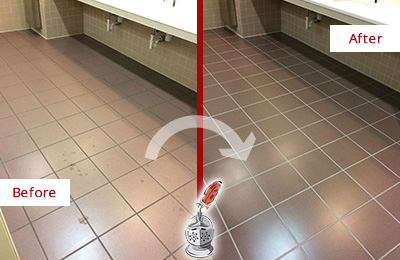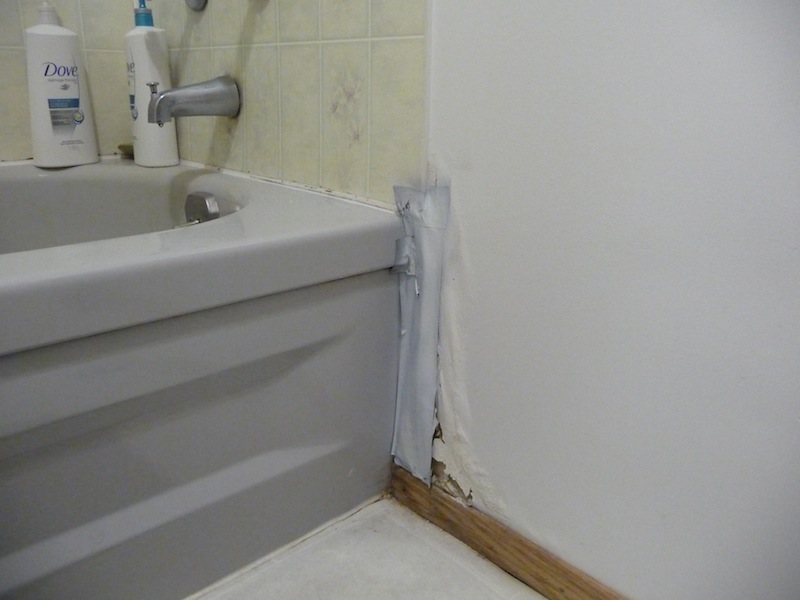The writer is making a few good pointers relating to How to Repair and Prevent Bathroom Water Damage as a whole in this great article following next.

The shower room is very at risk for wet accumulation and prospective water damages as a result of the constant use water in it. This article offers easy inspection techniques to assist finding water damages threats.
The constant use water in the washroom makes it extremely vulnerable for moist accumulation as well as prospective water damage. By inspecting it regularly, you can reduce water related damages.
The following set of inspections is easy to perform and also need to be done as soon as in every 3 months in order to maintain your shower room healthy and to prevent possible water problems brought on by the tub, the shower, pipeline joints as well as plumbing, sinks, cupboards, and the toilet
Do not neglect performing these examinations as well as be detailed while doing them. Bear in mind that these easy evaluations can save you a great deal of money by offering very early signs for water damages
Bathtub and also Shower
The shower and also tub require special attention and maintenance. Check the floor tiles as well as replace if fractured. See to it that there is no missing grout in between the tiles. Check as well as replace broken caulking at joints where the walls fulfill the flooring or the tub. Blocked drains and pipelines issues will protect against the tub from drying and also may indicate severe issues beneath the tub. Speak with a professional quickly to avoid structural damages. Take note of stainings or soft areas around the bath tub walls as they might suggest an internal leakage.
Plumbing
Signs for water damage are tough to spot given that many pipelines are set up inside the wall surfaces.
Pay special focus to flooring and also walls wetness and also spots as they might suggest an unnoticeable plumbing trouble. Inspect moisture degrees in adjacent spaces too.
Sinks and Cabinets
Sinks and also cabinets are revealed to moisture as well as humidity everyday and are often neglected. Evaluate frequently under the sink and also on the countertop over it. Fix any type of drip in the catch as it may suggest drain issues. Browse the sink, slow-moving draining pipes might indicate a blocked drainpipe. Replace sink seals if they are broken or loosened.
The Toilet
The bathroom is an at risk water junction. Inspect the water lines and also look for leaks around the toilet seat, in the hose, and also under the water storage tank. If you identify any indications of dampness on the floor around the toilet, check for leaks in the toilet rim as well as container seals.
Be aware that hanging bathroom dish antiperspirants increases the chances for blockages.
TIPS TO PREVENT WATER DAMAGE IN THE BATHROOM
The average household uses approximately 80-100 gallons of water per person per day. For a family of 4, that's almost 2,500 gallons of water a week! The largest portion of this consumption comes from bathroom use. Flushing the toilet uses the most water, followed by taking a shower or bath. With that much water running through the home, water damage in the bathroom is bound to happen. Knowing how to spot signs of a water leak is essential to preventing long-term damage. This guide provides you with tips to reduce the impact of water damage on your bathroom.
CAUSES OF BATHROOM WATER DAMAGE
Pipe breaks are the most common cause of water damage we see in our daily jobs. The age of a pipe plays a large role in a pipe break as well as corrosion. Over time, the metal begins to break down, allowing water to escape. Frozen pipe breaks are also a concern in the winter months. Toilet overflows caused by paper products or children flushing inappropriate items. Degraded caulking around the toilet or bathtub can allow water seepage, sometimes behind the fixture, into the subfloor or walls. Condensation forms when the water in a pipe is cooler than the air temperature. Beads of water form on the exterior of the pipes, sometimes so much so that the water begins to drip and pool below. Sink or shower backups created by poor drainage. HOW TO PREVENT WATER DAMAGE IN YOUR BATHROOM
Inspect your toilet supply line for worn or frayed hoses and replace them as needed. Winterize your plumbing to prevent a frozen pipe break. Use vent fans to prevent condensation that can lead to mold growth. Routinely check and replace degraded caulking around your toilet or bathtub. Increase the temperature in your toilet tank and insulate your pipes during the warm summer months to keep condensation from forming. Use child safety locks on the toilets. Flush only toilet paper. "Flushable" wet wipes are actually not good for your plumbing system. Additionally, feminine hygiene products should not be flushed. Prevent water from escaping the tub or shower. Make sure shower curtains are in good condition. Inspect shower doors and replace the seal strip if necessary. Wipe up any water that accumulates on the floor and use bath mats. Water left to sit can cause damage to the tiles and flooring. Refrain from using bath products containing heavy oils to avoid a clogged drain.

As a passionate person who reads on Preventing Water Damage in the Bathroom, I imagined sharing that section was a smart idea. Sharing is good. Helping others is fun. We thank you for reading our article about Preventing Water Damage in the Bathroom.
Visit Homepage